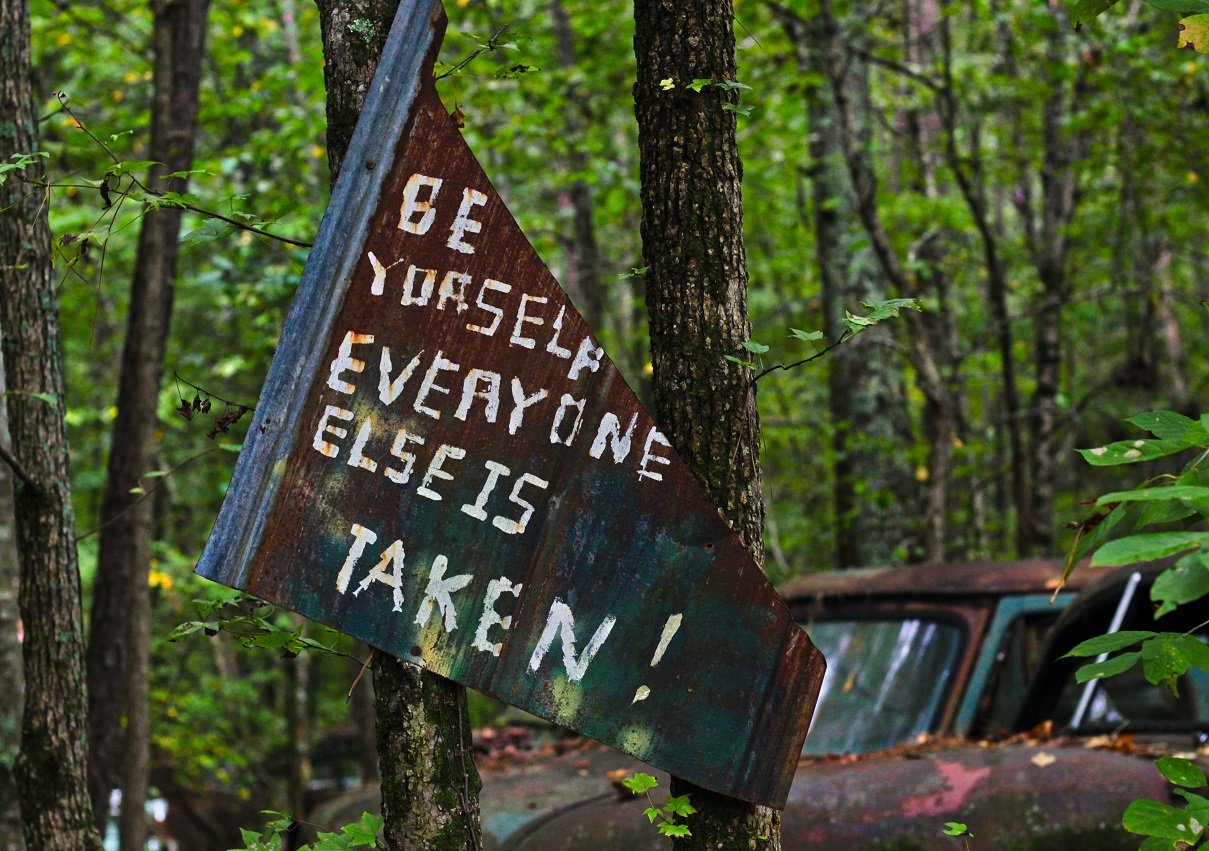Mood and emotional tracking, an ongoing process
My experience with psychiatrists is somewhat limited. I saw one for two years on and off in my twenties and started seeing one again after the Lilliputians were born for postnatal depression. I am however a big believer that if you identify that something is up, it is important to deal with it and not ignore it. And you cannot manage what you do not measure.
One of the very first tasks she gave me was to track my emotions on a day to day basis. This was never for her to review but instead for me to become aware of how I am actually doing. As this process developed I realised that it also helped me to identify triggers for specific things. This first task was given almost two and a half years ago and I am still doing it. My plan for this has been quite varied, as I have not yet been able to find a perfect fit.
Initially, I had it as part of my habit tracker where I would fill in daily if I was feeling happy or sad, etc. But I only kept it up till the middle of the month and then abandoned it. So August 2020 gave me some time to review this process and read up about the importance and the purpose of emotional tracking. For some inspiration on mood charts, you can start here.
I had to go back to the drawing board and decide what the purpose was. I identified that I want to see a pattern over time and I wanted things to be clearly defined. I want to be able to link certain emotions with specific events or lack thereof. For example being more agitated on days that I missed my run. With this mission, I came across Dr. Susan David, who wrote a book titled Emotional Agility.
Although I have not read the book myself I have found various resources and little extra’s that enhance this title. The one that I want to chat about today is the notion that we sometimes use very vague terms to describe our emotions. For example, saying that you are happy can mean a lot of different things. It can be that you are grateful, or content, or even relieved. Saying that you are angry can mean that you are frustrated or disgusted or offended. She defined the various descriptive words that can be linked to anger, anxiousness, shyness, happiness, feeling hurt, and feeling sad. You can view the different ones here.
I have translated the various ones for my journal and will use these as a guide to check in with myself on a daily basis. Every day will therefore probably have more than one word, but at least this makes more sense to me than saying I am happy or sad.

